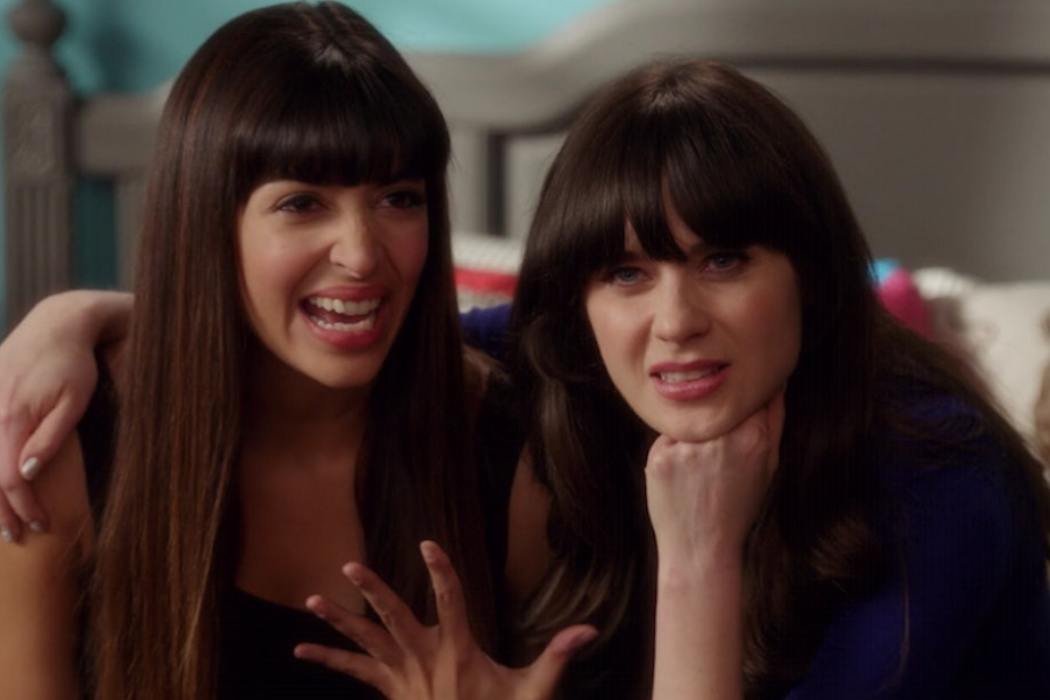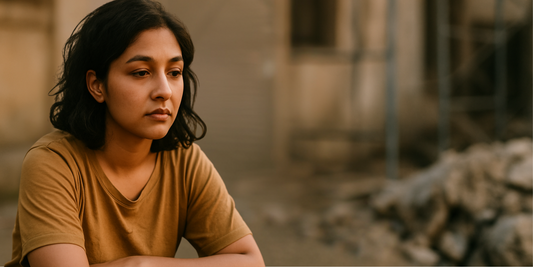Why We Cringe (And Why It Actually Helps Us Grow)
Ever mess up a joke?
See someone trip in public in a super embarrassing way?
Can’t stop replaying an awkward moment from the past?
These things make us cringe. Cringing is that uncomfortable, squirmy feeling that makes us want to hide under a rock. It’s more than just secondhand embarrassment—it’s a psychological experience that connects us all. Watching someone fumble a speech or reliving our own blunders can bring a rush of discomfort that’s both awkward and revealing.
We all do it—stare too long at an awkward moment or relive that one conversation from three years ago. Just like we can’t look away from a car accident, we’re drawn to moments of public awkwardness. It’s strangely compelling, maybe because it holds up a mirror to our own fears: what if that were me?
Remember that dating trend where tiny quirks became “icks”? That’s cringe culture in action. While it’s okay to notice red flags, hyper-focusing on small imperfections can distance us from real connection. Understanding our discomfort—why something bothers us—can lead to deeper empathy and better relationships.
According to Dr. Marianne Trent and Dr. Marianne Quinn-Cirillo, “cringe” isn’t a clinical diagnosis but a deeply human reaction. It can stem from internal shame or external awkwardness and encompasses a blend of embarrassment, disgust, and self-consciousness. And yes—it can affect how we judge ourselves and others.
Too much exposure to cringe content can blur the line between empathy and judgment. When we’re always scanning for what’s awkward or wrong, we forget how to offer kindness—especially to ourselves.
Our minds also have a cruel trick: they distort memories. We tend to replay the worst parts, over and over, like a shame reel on loop. What starts as a small cringe can quickly spiral into self-doubt and insecurity.
So… What’s the Upside of Cringe?
Cringing isn’t always a bad thing. It can help us learn. It teaches us social cues. It nudges us toward self-awareness. When you feel embarrassed for someone else, you’re actually engaging in empathy. It’s your mind saying, “I know how that feels.”
Cringe pushes us to refine our behavior and fit in better with our social environments—not for approval, but for harmony. It’s a survival instinct rooted in our evolutionary need for connection and community.
The next time you find yourself cringing, pause. Ask yourself: What is this feeling trying to teach me?
We can’t avoid awkwardness—but we can grow from it. A little cringe reminds us we’re human. And that’s something to hold gently, not run from.
If you're struggling with overthinking, social anxiety, or shame spirals, you might find comfort in our Sunday Journaling Series or consider starting 1-on-1 therapy with a psychologist from our team.




